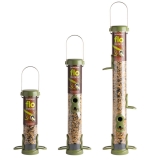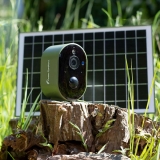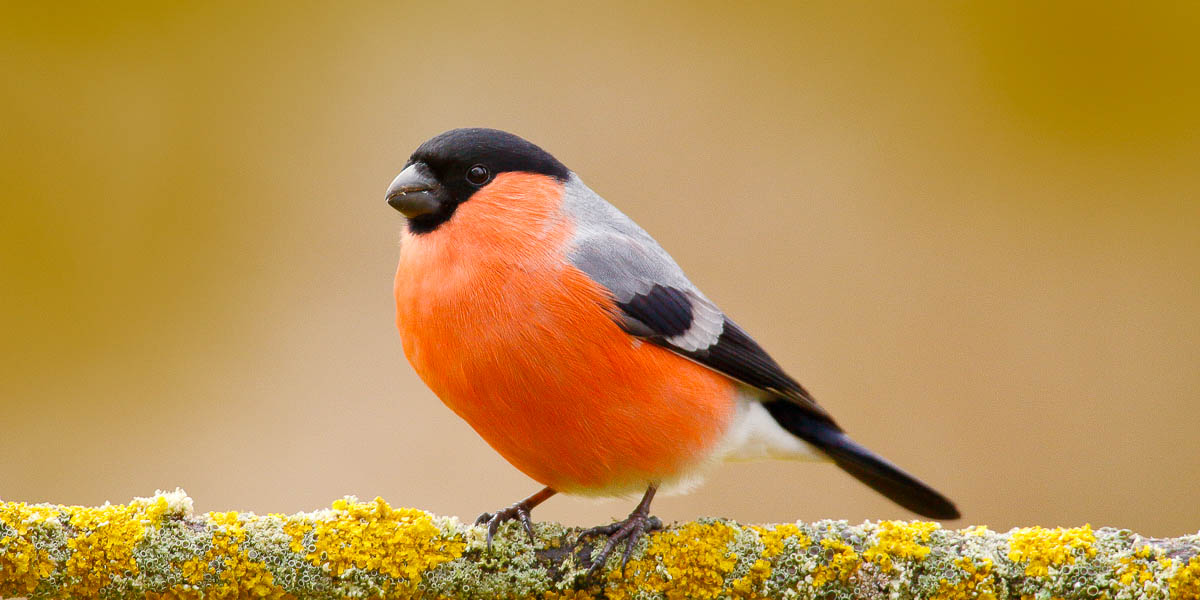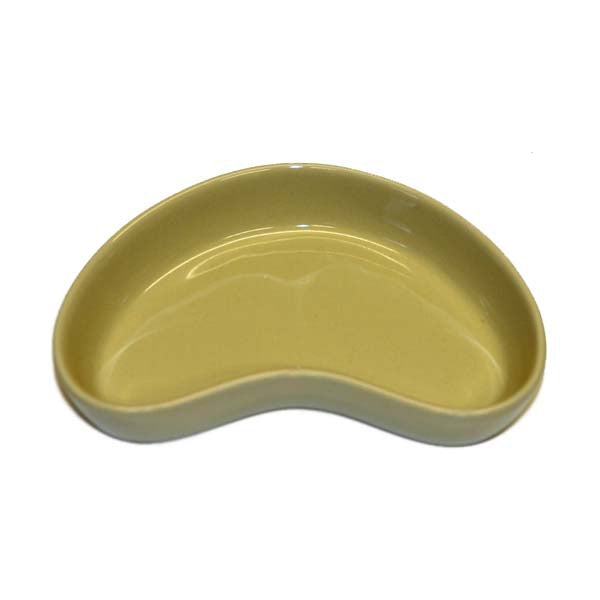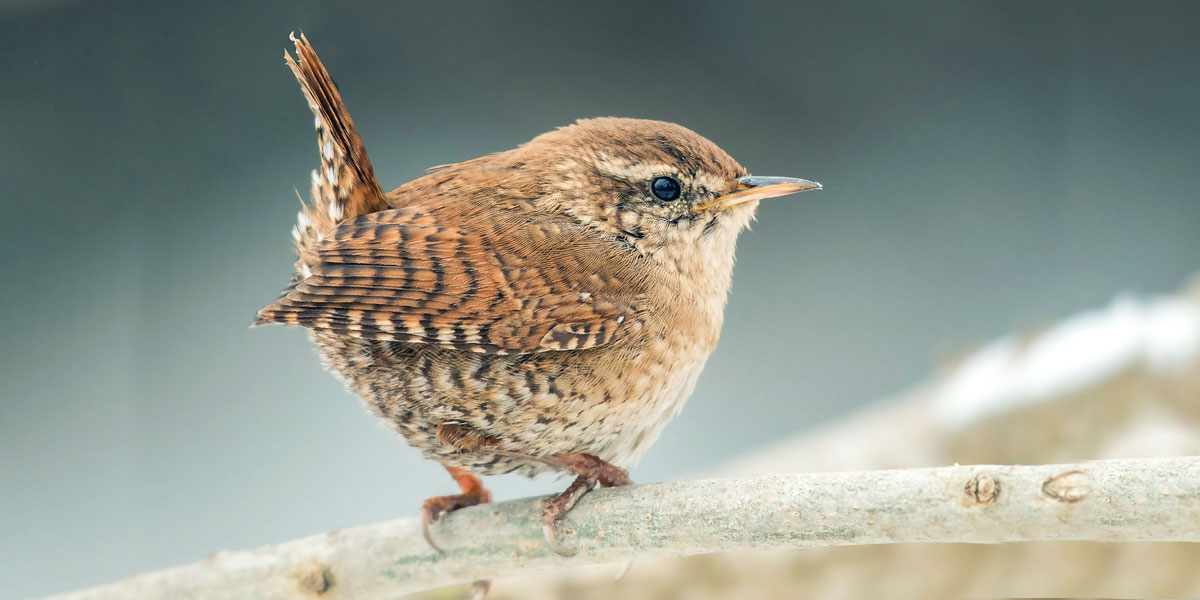Explore Our Garden Wildlife Blog
Browse or search by Category or Keyword below, alternatively click on any Tag to see related articles.
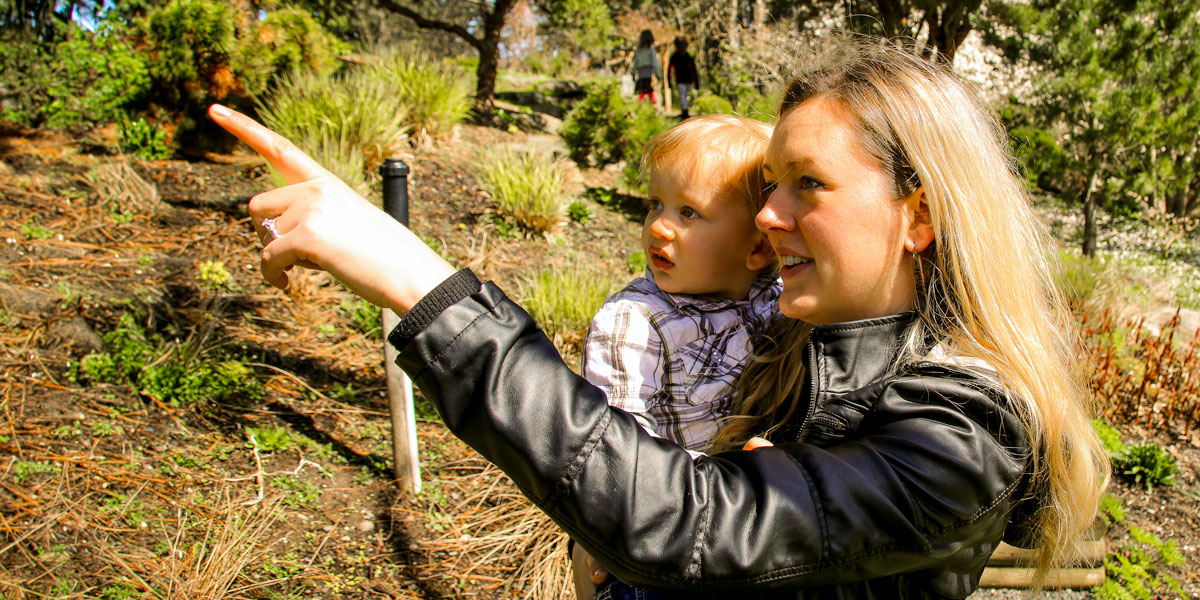

The Importance of Bird Recording Throughout the Year
By Ark Wildlife
22nd January 2024
This guest blog was written by David Raffle, Birding and Science Officer at the Scottish Ornithologists’ Club (SOC). The SOC is an organisation dedicated to promoting the study, enjoyment and conservation of wild birds and their habitats across Scotland. You can find out more about the SOC here.
The world’s largest garden wildlife survey takes place in January, with the RSPB encouraging us to spend an hour recording the birds in our garden as part of their Big Garden Birdwatch. However, there is no need for your bird recording to be limited to just one hour per year; there are all sorts of ways that your bird sightings can be used to study and conserve our bird populations.
Why record birds?
Bird recording can be as simple as keeping a note of the birds you see when you are out and about, but it can be one of the best ways to make your birdwatching count. Whether you are in a town or city, on the coast or up a mountain, records from all these places are extremely valuable. It’s not just rare birds either, records of common birds are just as important and many of them are under recorded. While submitting a few records of the birds you see may seem insignificant, when they are pooled together with those from other birdwatchers, they can tell us so much and provide a wealth of information for scientists and conservationists.
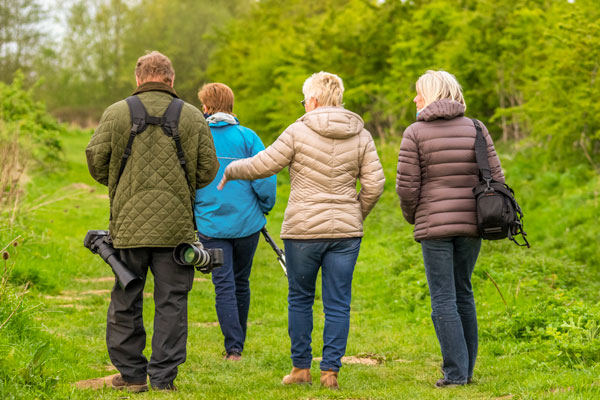

What are local bird recorders?
Across the UK, there is a network of local bird recorders, with the SOC maintaining Scotland’s Local Recorders’ Network to document Scottish bird populations. The role of the Local Bird Recorder is to collate bird records for the area, which include when, where and how many birds were seen. All this data is typically compiled into a bird report for the area and may feed into other projects such as bird atlases. These reports and atlases allow you to see maps of the distribution of different bird species, when migratory birds arrive and depart, and how the abundance of different species is changing, all produced from the records that birdwatchers submit.
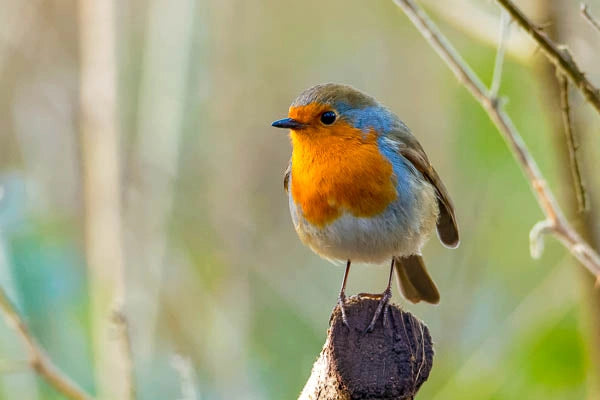

How can you record birds?
Now that you know a bit more about bird recording and how important it can be, hopefully you are feeling inspired to get involved. There is a whole variety of ways you can get stuck in, with something for every level of experience.
The RSPB Big Garden Birdwatch is a fantastic introduction to bird recording – it’s good fun, easy to do and only takes an hour of your time. The popular survey saw over half a million people take part in 2023, counting 9.1 million of our feathered friends!
If you enjoy that, the British Trust for Ornithology have their own Garden Birdwatch survey in which you record the birds in your garden every week. The survey has highlighted how the actions we take in our gardens can influence bird population trends. Feeding garden birds has resulted in a dramatic increase in Goldfinch populations as they benefit from the seed put out for them, while Greenfinch populations have suffered declines due to disease, the rapid spread of which has been facilitated by poor bird feeder hygiene.
If you want to record birds outside the confines of your garden, BirdTrack might be the survey for you. Just download the free app on your phone and you are ready to go. Simply make a list of your sightings on the app whenever you are out and about. When you submit your BirdTrack list, the records will be available to local bird recorders as well as scientists and researchers. You can find more information about getting started with BirdTrack here.







